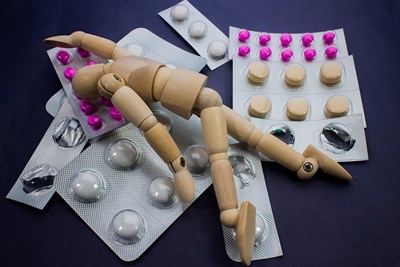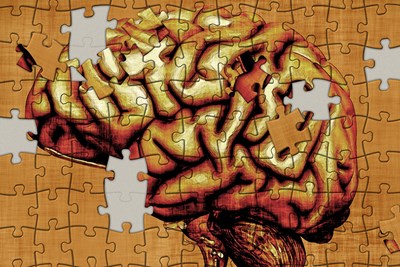Schizoaffective disorder is considered a psychotic disorder, although the characteristic presence of a mood disorder must also be evident.
Perhaps because of its tendency to be a controversial subject amongst psychological professionals, schizoaffective disorder is often misdiagnosed. Additionally, it isn’t a well understood issue for the general public either. Here is a look at the symptoms of schizoaffective disorder.
Psychotic Symptoms
Simply put, schizoaffective disorder is schizophrenia combined with major depression or bipolar disorder. And these conditions aren’t simple matters, either.
Schizophrenia is a psychotic disorder, characterized by a disruption between reality and the self. Schizophrenia may result in disorganized thinking, perception, or speech; abnormal behaviors; and disruption in social relationships, often leading to isolation.
The presence of exaggerated or skewed thoughts or behaviors are considered "positive" symptoms, while "negative" symptoms refer to functioning or behavior that is less than normal—such being unresponsive or lacking of visible emotions.
The symptoms of schizophrenia must create at least a six-month disturbance, with one of those months consisting of two active symptoms of disturbed behavior, disturbed speech, negative symptoms, delusions, or hallucinations not cause by other issues. For example, hallucinations brought on by drug use would not count. Additionally, daily functioning, work, or relationships must be disrupted most of the time since symptoms began.
Mood Symptoms
In addition to meeting all of the diagnostic criteria for schizophrenia, there must also be a mood disorder present.
Mood disorders are a group of psychological disorders characterized by a disruption in or extreme intensity of emotions. The mood disorders specific to schizoaffective disorder are depression (depressive type) or bipolar disorder (bipolar type).
Major depressive disorder is characterized by extreme sadness, excessive to the general sadness that may occur in life. Bipolar disorder is characterized by the presence of manic episodes. Mania refers to periods of extreme freneticism and euphoria. Bipolar disorder may be restricted to manic episodes, or may have alternating periods of depression and mania.
Mixed episodes refer to quickly alternating periods of both depression and mania. Also key to an appropriate diagnosis of schizoaffective disorder is the fact that while the psychotic symptoms are active, there must be at least 2 weeks when the mood disorder is not evident—only psychotic symptoms are present.



